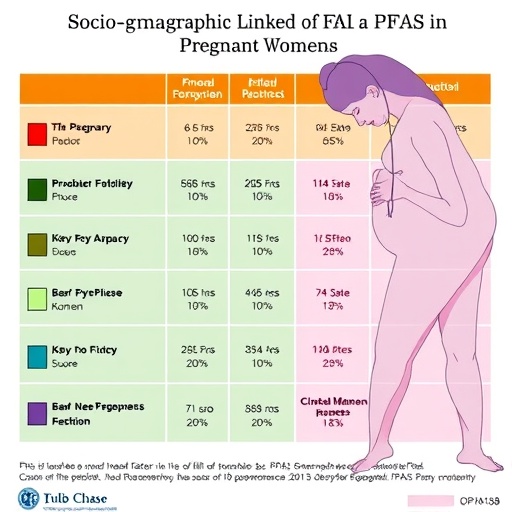Chemical compounds formed in the process of arc welding and infiltrating the human body through the respiratory system are toxic because they contain metal oxidation products

Credit: Photo captured by Pete Wright, @petewright
Working as part of an international group of toxicologists scientists of the Far Eastern Federal University (FEFU) have found that harmful nanoparticles are formed in the process of arc welding using the most common types of electrodes today. Suspending in the welding fume, these particles infiltrate the human body through the respiratory tract. An article about this is published in Scientific Reports.
Scientists have found that, regardless of the types of electrodes used, oxide particles of iron, manganese, silicon (about 41, 18 and 6 percent, respectively), as well as chromium, get into the welding fume. These particles could vary in a shape and their average diameter is 5 nanometers, which allows including them into the group of harmful nanoparticles. The smallest and consequently the most harmful nanoparticles form air suspensions in the human respiratory zone.
“The chemical compounds formed in the process of arc welding and infiltrating the human body through the respiratory system are toxic because they contain metal oxidation products. Particularly dangerous are welding particles approaching the size of 1 nanometer. From previous studies, we know that such nanoparticles are able to translocate even into the central nervous system (CNS). ” Commented on the study Kirill Golokhvast, Vice President for Research of the Far Eastern Federal University (FEFU), professor of Russian Academy of Sciences (RAS), MD, Ph.D., ERT.
During the welding, about 3 percent of the electrode and a small part of the material being welded are vaporized. The welding fume arose contains micro- and nanoparticles of metal oxides. Such particles do not sediment for a long time, forming air suspensions, which can be evenly distributed throughout the working space.
Moreover, such welding suspensions can easily move far beyond the working area along with the air flow.
Scientists believe that this mechanism should be taken into account when safety regulations are elaborated to protect the health of workers. At the same time, the modernization of safety measures will not be possible without the detailed information gathering on how exactly the harmful welding nanoparticles are formed, what shape they are and what elements are contained in their composition. Equally, scientists are interested in the mechanisms of distribution of such particles throughout working spaces and beyond.
Today, there is no common point of view on how the parameters of welding – methods, electricity current strength (amperage), etc. – affect the volume of welding fume and, accordingly, the level of emission of harmful nanoparticles. Some authors suggest that an increased current strength reduces vaporization during welding. Others point out that the strength of the current is always proportional to the melting point of the metals being welded, which in turn increases the volume of vapor formation.
Scientists hope that the results of their future research will help minimize the risks to the health of people in the industrial areas where welding is carried out.
###
This study was supported by Priority Project of the FEFU “Materials”.
Media Contact
Alexander Zverev
[email protected]
Related Journal Article
http://dx.



